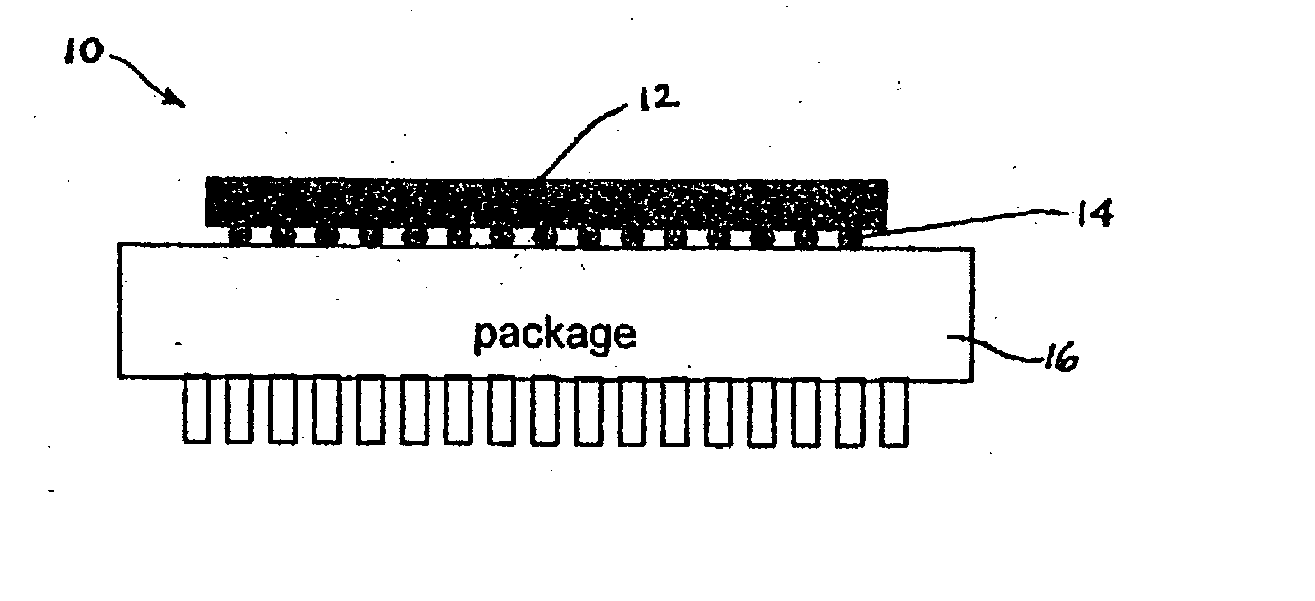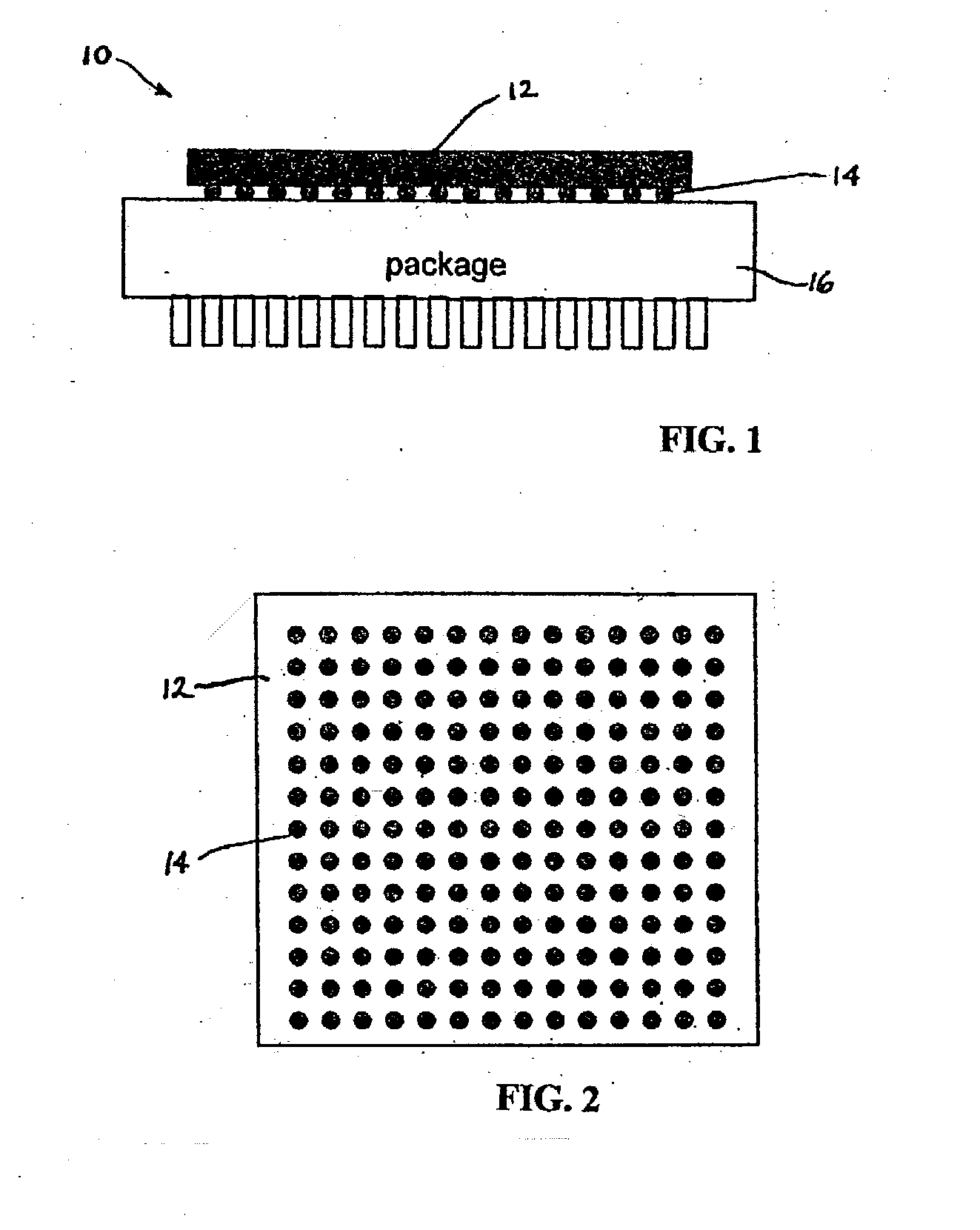Supercritical fluid-based cleaning compositions and methods
a technology of fluid-based cleaning compositions and compositions, applied in the direction of cleaning using liquids, inorganic non-surface active detergent compositions, instruments, etc., can solve the problems of reducing the volume of organic waste, preventing good circulation and removal of conventional cleaning media, and removing all residual flux from the spa
- Summary
- Abstract
- Description
- Claims
- Application Information
AI Technical Summary
Benefits of technology
Problems solved by technology
Method used
Image
Examples
Embodiment Construction
[0025] The present invention is based on the discovery of compositions and methods employing supercritical fluids, e.g., supercritical carbon dioxide, for removal of unwanted material from microelectronic device structures and process equipment.
[0026] Supercritical fluids such as supercritical carbon dioxide (SCCO2) might at first glance be regarded as attractive reagents for cleaning applications in semiconductor manufacturing, since supercritical fluids have the characteristics of both liquids as well as gases. Like a gas, the supercritical fluid diffuses rapidly, has low viscosity and near-zero surface tension, and penetrates easily into deep trenches and vias. Like a liquid, the supercritical fluid has bulk flow capability as a “wash” medium.
[0027] Despite these ostensible advantages, however, SCCO2 and other commonly employed supercritical fluid species are non-polar. Accordingly, they are not useful to solubilize polar species such as inorganic salts and polar organic compou...
PUM
 Login to View More
Login to View More Abstract
Description
Claims
Application Information
 Login to View More
Login to View More - R&D
- Intellectual Property
- Life Sciences
- Materials
- Tech Scout
- Unparalleled Data Quality
- Higher Quality Content
- 60% Fewer Hallucinations
Browse by: Latest US Patents, China's latest patents, Technical Efficacy Thesaurus, Application Domain, Technology Topic, Popular Technical Reports.
© 2025 PatSnap. All rights reserved.Legal|Privacy policy|Modern Slavery Act Transparency Statement|Sitemap|About US| Contact US: help@patsnap.com


